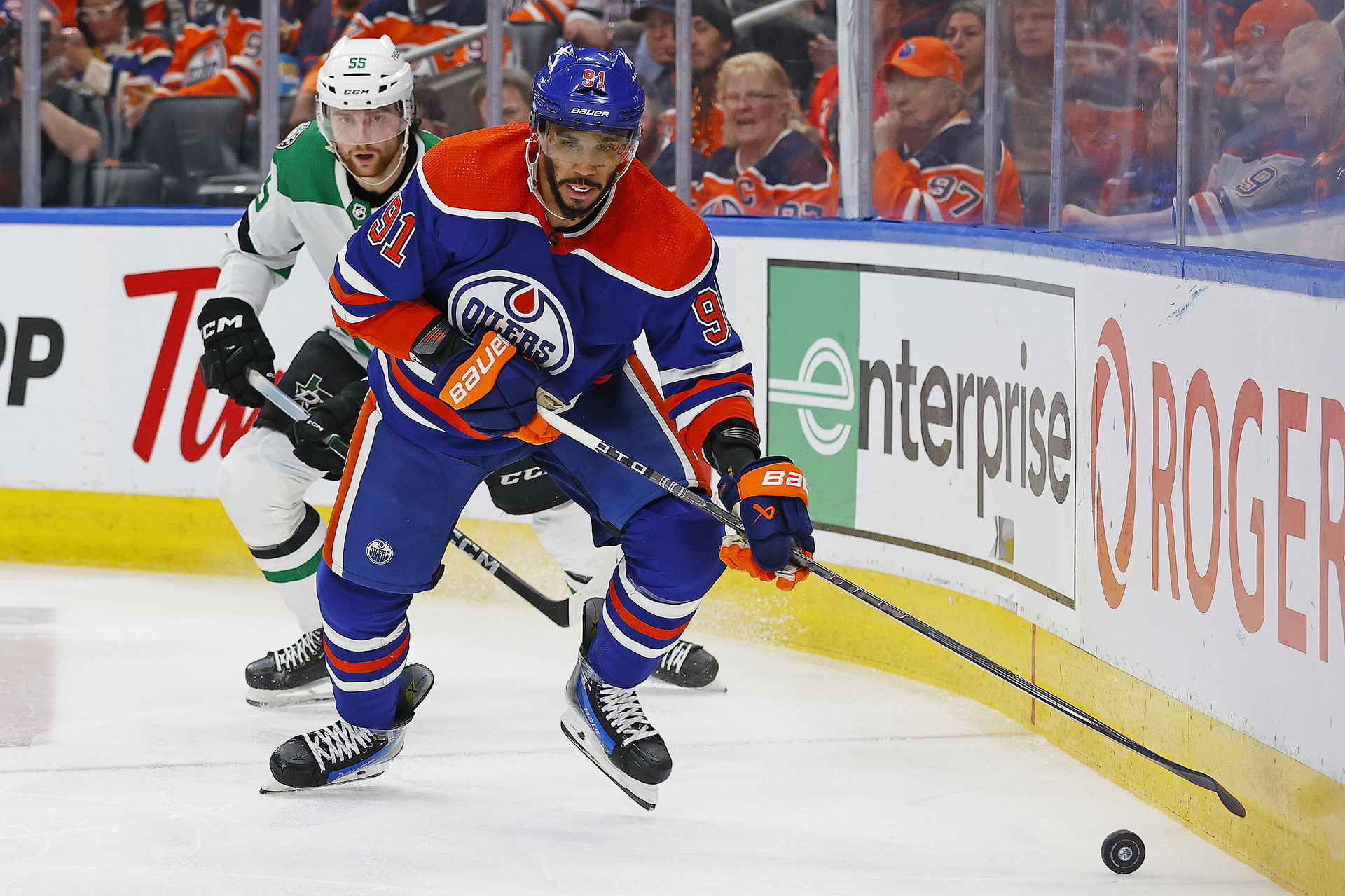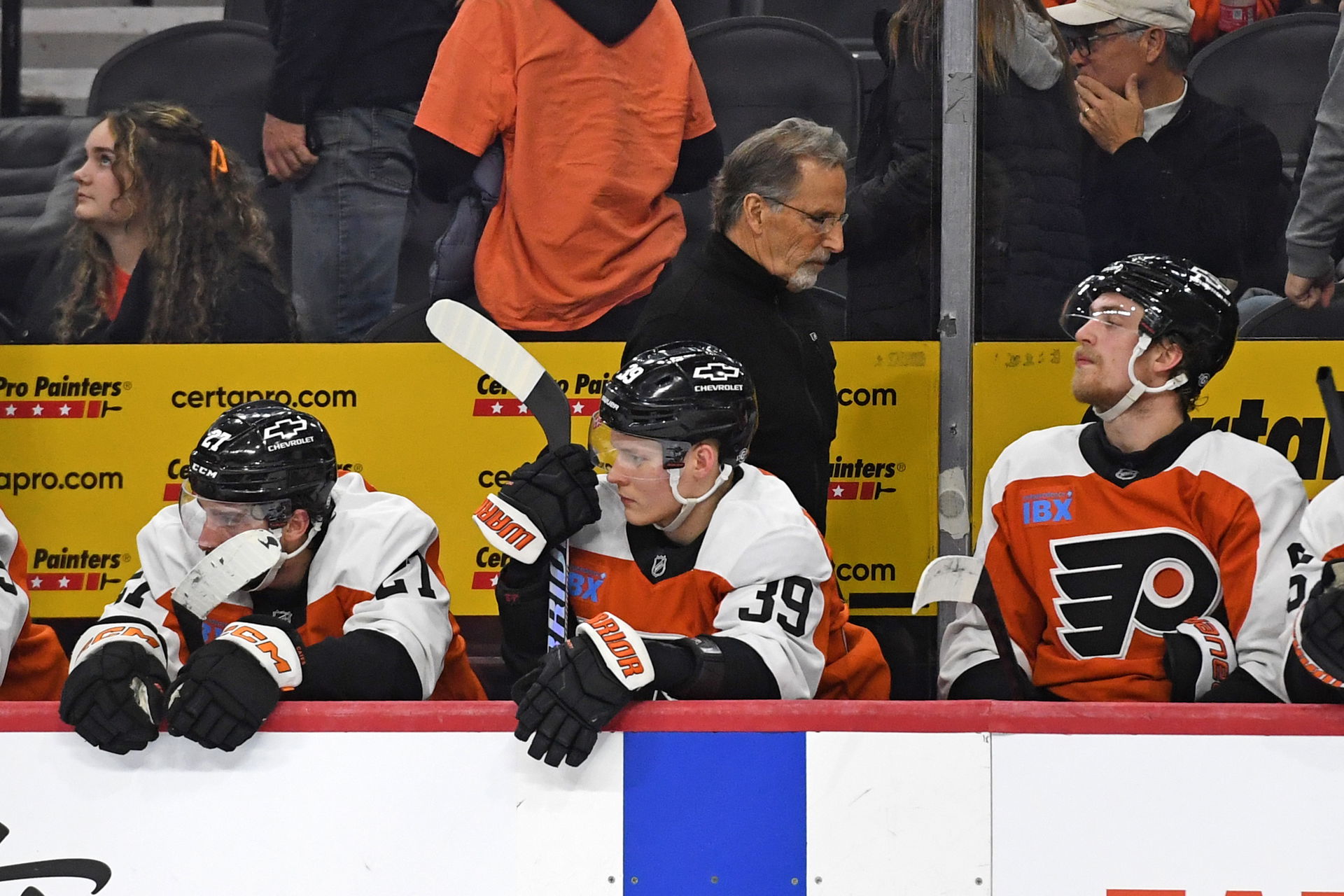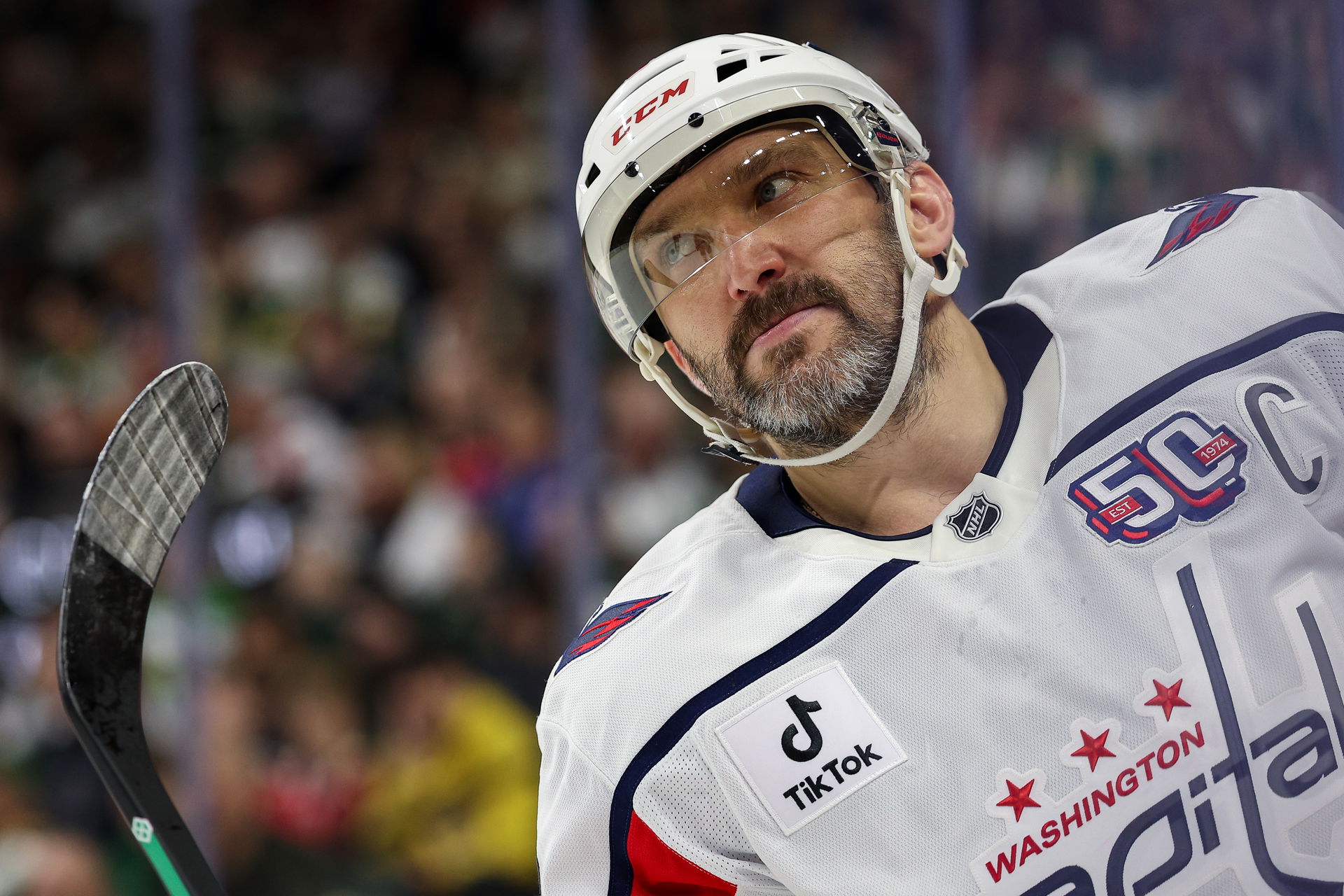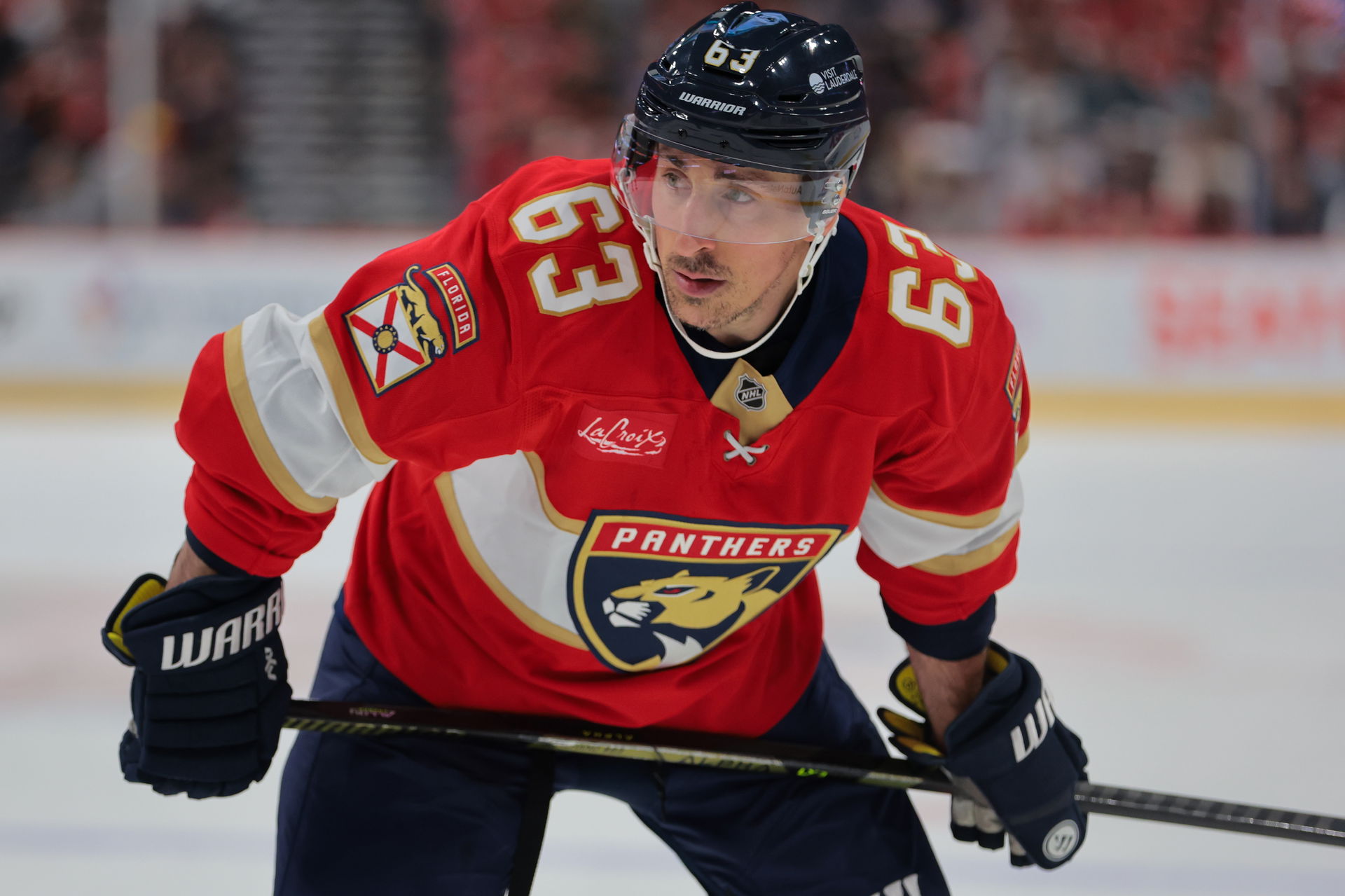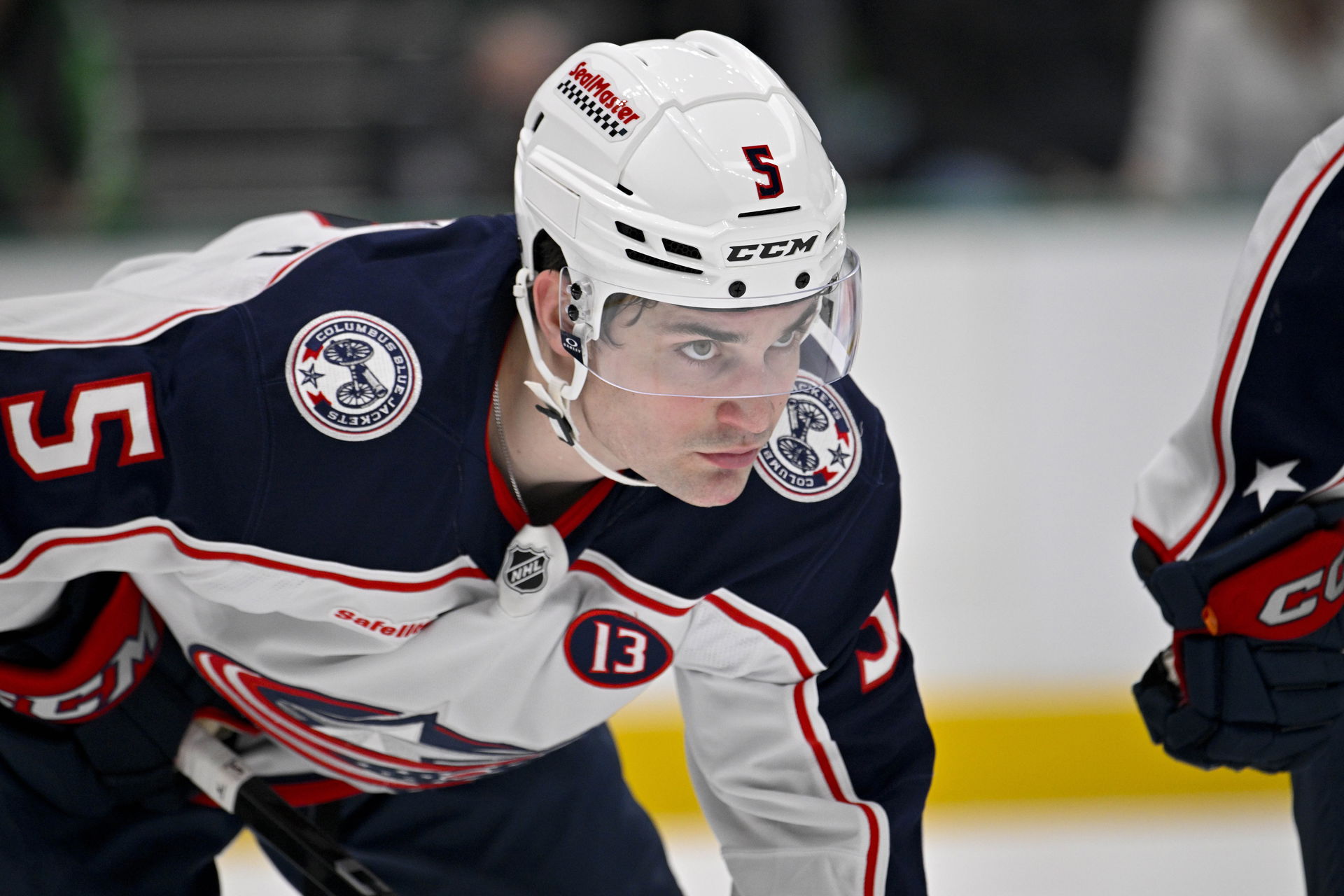
From the Archives: Trouble Among the Original Six
In 1951, NHL owners were worried that television broadcasts were killing in-person ticket sales. At the time, some wondered if teams would be forced to shutdown due to lost revenue. Stan Fischler looks back at a weird time for the NHL's Original Six.
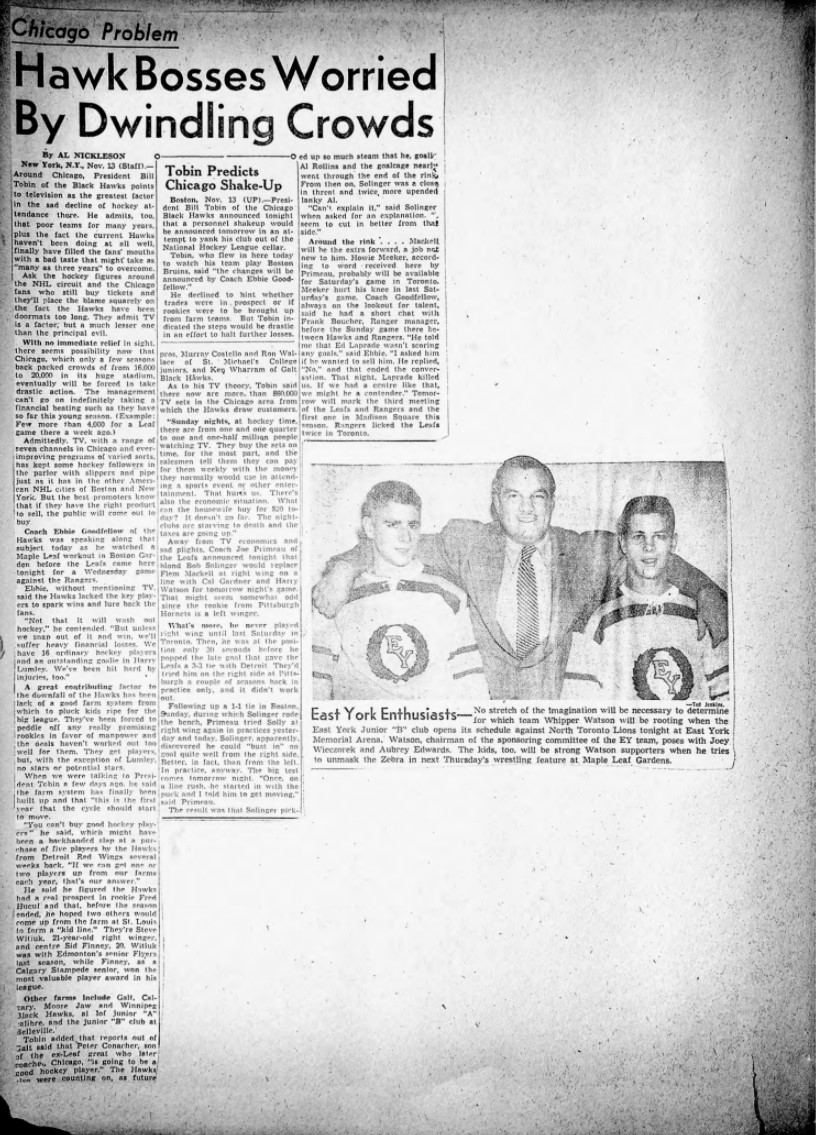 From the Archives: Trouble Among the Original Six
From the Archives: Trouble Among the Original SixThe National Hockey League was worried, as well it should have been in November 1951.
Likewise, the Black Hawks were suffering angst of the highest order.
As for me, well, I feared that my beloved six-team league would be reduced to a five-club NHL – without Chicago.
Anyone who doubted that had only to read the headline in the November 13, 1951 edition of the Toronto Globe and Mail:
HAWK BOSSES WORRIED BY DWINDLING CROWDS
This was serious business because that once-popular Windy City franchise was threatening to go out of business. And that would have been an ironic state of affairs since Chicago Stadium once had boasted all NHL attendance records.
But that was before television had captivated America. According to Black Hawks president Bill Tobin – in plain English – TV was killing his gate receipts.
"Television is the greatest factor in our attendance decline," said Tobin.
The situation was so serious that the Globe and Mail's crack hockey reporter Al Nickleson chased down Tobin and his coach Ebbie Goodfellow in New York City. Following their high-level conference, Nickleson forecast the Black Hawks imminent demise.
"The management cannot go on taking a financial beating such as they have so far this season," wrote Nickleson. "There were few more than 4,000 fans for a Leaf game there a week ago.
"But the best promoters know that if they have the right product to sell, the public
will come out to buy." And coach Goodfellow – burdened with a bum team – seconded the Nickelson motion.
Dating back to 1947, when the Black Hawks traded future Hall of Fame center Max Bentley to Toronto for five regulars, the Windy City sextet occupied the NHL basement or close to the circuit's subterranean depths.
"Unless we snap out of it and win," warned Goodfellow, "we'll suffer heavy financial losses. We have sixteen ordinary hockey players and an outstanding goalie in Harry Lumley, and we've been hit hard with injuries."
Reporter Nickleson chided Tobin for allowing Chicago's farm system to dry on the vine. Tobin then countered that his high command had addressed that issue and, furthermore, help is on the way.
Tobin: "You can't buy good players. If we can get one or two players up from our farms each year, that's our answer."
The boss was right. The Black Hawks' system now included teams in St.Louis, Edmonton, Galt, Calgary and Winnipeg. What's more Tobin opined that farmhands Steve Witiuk and Sid Finney would soon be helping the big club.
Other prospects included Murray Costello, Pete Conacher; Fred Hucul and Ken Wharram. But they would take time to develop into solid performers. In the end, only defenseman Hucul and forward Wharram emerged as solid NHL players.
Faster growing than Tobin's products were tv sales. The Hawks president estimated that there were more than 860,000 sets in the Chicago area from which the Hawks draw customers. "That hurts us," Tobin concluded and then promised a personnel shake up "to halt further losses."
Bill was good to his word. The following season (1952-53) featured a major shake-up. Future Hall of Fame center Sid Abel left the Red Wings to become Chicago's player-coach and Vezina Trophy-winner Al Rollins replaced Lumley in goal.
The infusion of the still very able Abel provided the long-needed leadership and class. Rollins' goaltending was as good as any Windy City goaltender had exhibited in years.
Remarkably, the Black Hawks even made the playoffs and that feat helped keep them alive until the arrival of Bobby Hull, Stan Mikita and Glenn Hall. Together, that trio restored Chicago's eminence as a top hockey city – tv or not tv!

